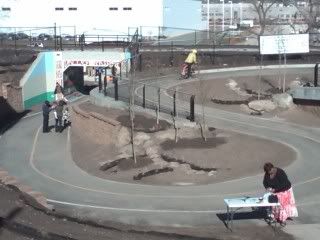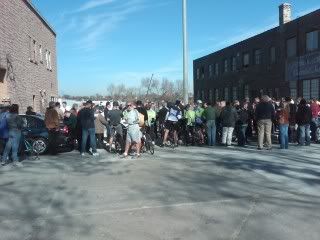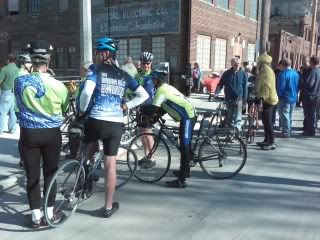
I live in a house that is 120 years old. It’s been through a lot. Wars. Storms. Civil unrest. Christmases. Birthday parties. Deaths. Boy, think about it. How many arguments are embedded in the plaster? Bad vibes in the woodwork? Dogs (cats) buried in the yard?
Whose idea was it to put indoor/outdoor carpeting on the walls in the upstairs bathroom? Why had someone decided it was better put self-stick, vinyl parquet-like floor tiles over a walnut and maple hardwood floor? Who or what left those scratches on the back of the attic door?
What did the neighborhood look like when the house was new? Were there more trees? Was it more “country” than city? These were some of the questions I wanted answers to.
Detective work is in my gene pool (my father was a cop for 40 years). I started digging for answers. I became a regular at the library and the Historical Society.
My house? Built by a guy named Albert G. Eissler, who was a business man (commission merchant, accountant, bookkeeper) affiliated by marriage (his wife’s niece Margaret) to the Grede (as in Grede Foundry) family. Got that? I got it back in 1990 when I talked to Margaret, 92 at the time.
She told me that Albert was born in West Bend and that he had polio and walked with a cane. She said that he was, “ . . . a very nice gentleman, always driving his horse and buggy to work early in the morning.” She also said that she remembered my house. That there was a beautiful stained glass window in the front door (gone) and a built-in-buffet cabinet in the dining room (thankfully, still here.)
Albert was married to Emma Weiss, whose father owned a general store on National Avenue between 2nd and 3rd street. According to Mrs. Grede, Emma was on the stocky side, a homebody and people admired her for her beautiful head of hair, “ . . . too bad it was a hair piece!”
The lay of the land?
Well, on the southwest corner of 27th and National was the entrance to National Park.
52 acres of rolling hills, small lakes, a race track (horses), a fancy brick hotel and a roller coaster. And then, while sitting at a impressive oak table in the Milwaukee County Historical Society, with ill-fitting white cotton gloves that made my hands look like they should be on a cartoon character, I leafed through dozens of photographs . . . men in dark suits, with cinched-waisted, long-skirted women who posed in front of giant felled trees, next to rushing waterfalls . . . hunting parties in a clearing of white birch trees . . . outcroppings of boulders . . . pictures that looked like they came from somewhere else, Vermont? Connecticut?
No. My street. My block. This neighborhood.
The trees were felled. The brooks, the ravines, the streams, all filled in. What was rolling was leveled and laid out in an orderly grid pattern of streets and alleys.
Regret consumed me. I resented the Powers That Were. Boy, I would have given anything to be at that meeting when it was decided to steam roll the virgin wilderness to make way for progress. Where was that Time Machine when I needed it? Damn!
What was lost, clouded my view of what could be.
In the case of my house, what was gone could be replaced or restored. I could buy another stained glass window for the front door. We could remove someone else’s bad taste, sand the scratches out of the doors, patch the holes in the walls.
I couldn’t restore the ravines. Or the lakes. Or the trees. I could only do my part by restoring my little corner of the world. Maybe making sure that what the future holds for this neighborhood will make up for what was lost.
And when I walk my dog . . . and we get to the corner of South 28th and Scott? I can hear the former rocky stream, rushing underneath the sewer grates.





No comments:
Post a Comment